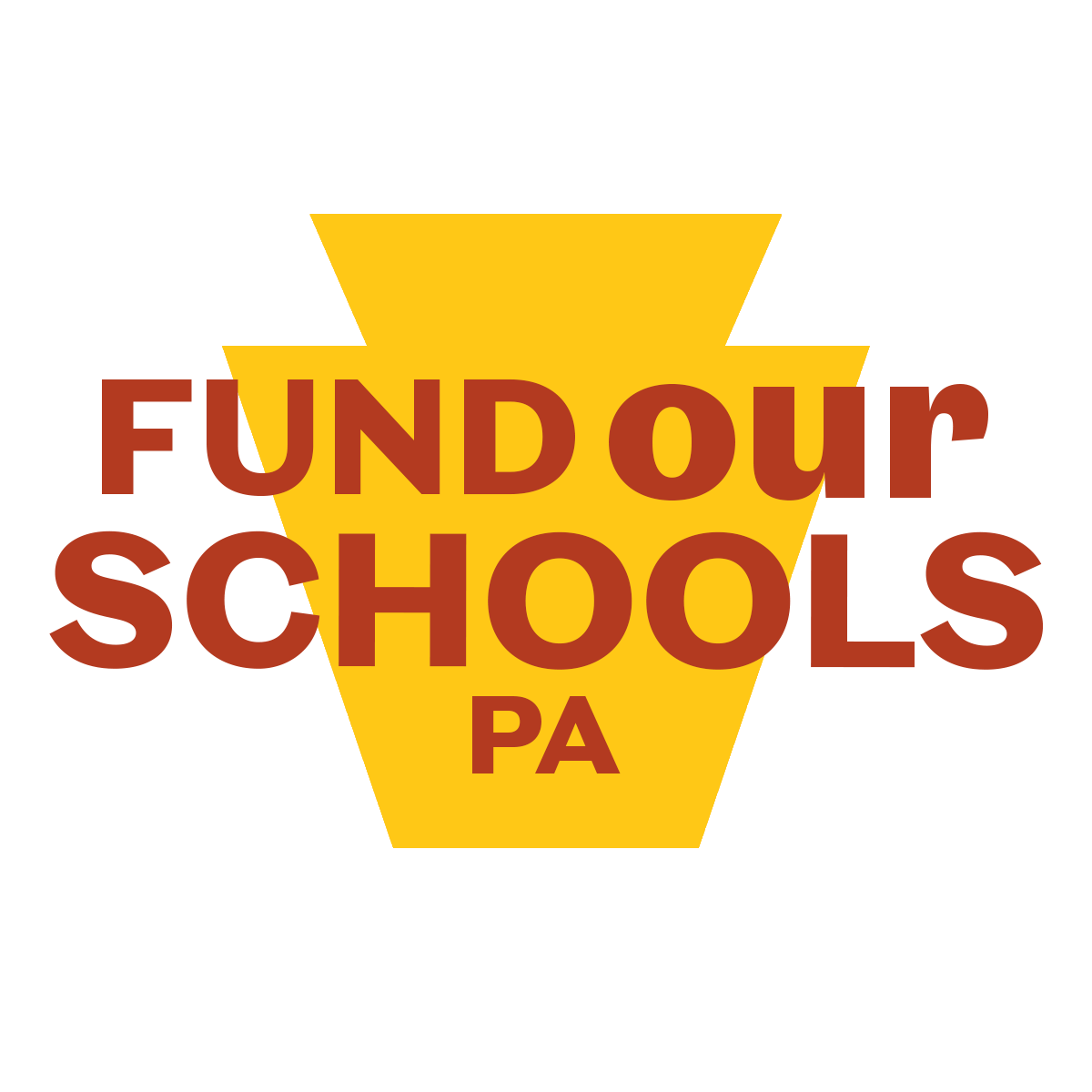Witnesses from the School District of Philadelphia will take the stand this week. Learn more about Pennsylvania’s largest school district.
Philadelphia
School District of Philadelphia
Philadelphia, Southeastern PA
Superintendent William Hite
130,617 students
65.14% Economically disadvantaged students
12.76% English learners
48% Black, 23% Hispanic, 14% White, 8% Asian (1)
Needs $5,583 more per student to reach the state’s benchmark for adequate education funding (2)
Local tax rate: 24.4 equalized mills (Statewide rank: 83 out of 499) (3)
$10,796 current spending per weighted student (Statewide rank: 473 out of 499) (4)
Graduation rate: 70.12% (Statewide rank: 491 out of 499) (5)
1 PA Department of Education (PDE) Public School Enrollments 2019-20
2 Expert report prepared for petitioners by Dr. Matthew Kelly, professor, Penn State College of Education
3 PDE Finances AFR Revenues 2019-20
4 PDE 2021-22 Estimated Basic Education Funding. Local Effort Capacity index, Column L.
5 PDE 2019-20 Pennsylvania 4-Year Cohort Graduation Rates
Philadelphia, the largest city in Pennsylvania, is home to 1.6 million people. It is the birthplace of American democracy, and a national hub for higher education and biotechnology. Philadelphia’s poverty rate of 23% makes it the poorest large city in the country, and 11% of Philadelphians live on incomes below half the poverty line.
The School District of Philadelphia is the largest district in Pennsylvania by far; its average daily membership of 204,490 students (including 73,873 students enrolled in charter schools) is nearly eight times higher than the district and charter enrollment of the next largest district. Around 1 in 6 economically disadvantaged students in Pennsylvania are educated in the district. Philadelphia has more than 16,000 students in district schools who are learning English, who speak more than 100 languages and come from 150 countries.
More than 22,000 Philadelphia students in district schools require special education services—more than the total enrollment of any other school district in Pennsylvania. In addition, the district educates more than 2,000 students who are experiencing homelessness, and more than 2,000 in foster care.
State funding for Philadelphia has not come close to allowing the district to meet its students’ needs. The district ranks 473rd out of 499 districts in its spending per student relative to student need, and is short $5,583 per student—$1.1 billion total—according to a state benchmark for adequate funding. It borders some of the most well-funded and academically successful districts in Pennsylvania, highlighting the central role that local wealth plays in resources for public education under state legislative leaders’ current inadequate and inequitable funding system.
Following large cuts in state funding to public education, the School District of Philadelphia permanently closed 6 schools in 2012 and 24 schools in 2013. More than a dozen schools in the district do not have a full-time nurse on staff. The district has fewer than 10 librarians staffing more than 200 school buildings, the worst staffing ratio in the country.
While the School District of Philadelphia is not a petitioner in the case, the NAACP Pennsylvania State Conference, an organizational petitioner, has over 1,000 chapter members in Philadelphia. A parent and her son—Skylar Armstrong, who graduated from the district in 2019—are also part of the case.
Skylar Armstrong was 13 when the lawsuit was filed. At an April 2021 press conference, Armstrong shared that his elementary school had no counselors, no reading or math specialists, and could offer either art or music — not both. “Even though I struggled in school and had a learning disability, I could not got all the help I needed,” he said. Enrolling in a culinary program at Jules E. Mastbaum High School set him on his current career path and changed his life. “But we only had one counselor for 775 students, and I sometimes wonder if other kids were able to find their passion too,” he said.

